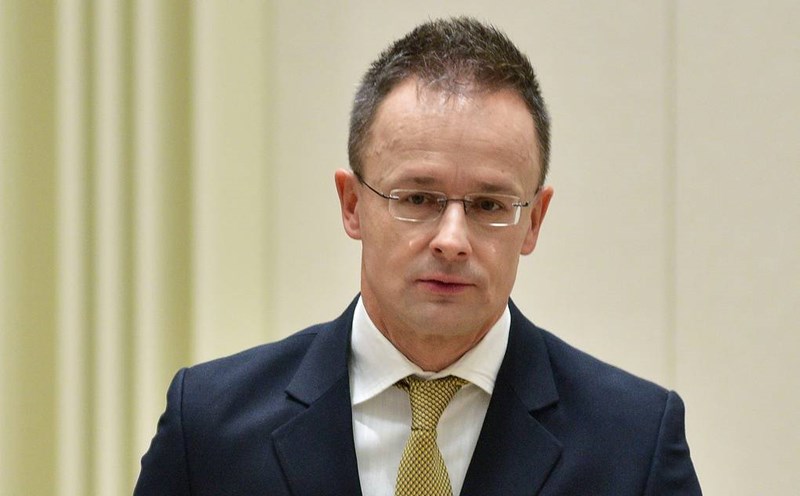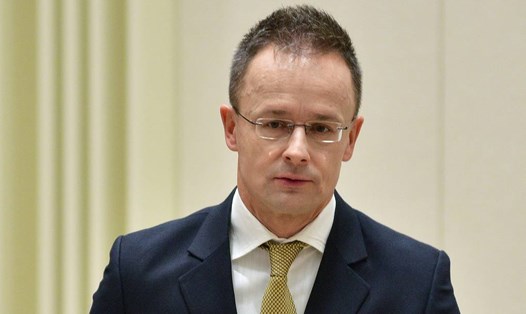European Union (EU) officials are discussing the possibility of resuming purchases of Russian gas via pipeline as part of a potential solution to the Russia-Ukraine conflict, the Financial Times reported.
According to the Financial Times, supporters of the proposal, which include Hungarian and German officials, argue that the move could provide an incentive for Russia and Europe to maintain the peace deal while stabilizing the continent's energy markets.
However, the EU denies any link between Russian gas purchases and peace talks in Ukraine.
The EU rejects any link between the possible resumption of Russian pipeline gas purchases and peace talks on ending the Russia-Ukraine conflict, European Commission spokeswoman Paula Pinho said.
"We are not linking this issue to the peace talks at the moment. When the time comes for negotiations, it will only be with Ukraine," Pinho said, reiterating: "We do not confirm any link in the Financial Times article about the connection between gas transit through Ukraine and peace talks."

Before the Russia-Ukraine conflict, Russian pipeline gas accounted for about 40% of total EU purchases, with Germany being the main buyer.
On January 1, 2025, Ukraine ended its shipment of Russian gas to Europe after a five-year contract expired. Several EU countries, including Hungary and Slovakia, remain dependent on Russian gas.
The European Commission aims to eliminate Russian fossil fuels from the EU energy market by 2027. Although Russian pipeline gas to the EU has almost completely stopped, European countries are still increasing their purchases of Russian liquefied natural gas (LNG) by 2024.
In addition, to compensate for the sharp drop in Russian gas due to sanctions and the sabotage of the Nord Stream pipeline in 2022, the EU also increased imports of more expensive LNG from the US and Norway, pushing up overall energy costs.
Gas prices in Europe rose 4.3% to nearly 51 euros per megawatt-hour, the highest increase since October 2023.
The EU's gas reserve level has fallen to around 55%, significantly lower than the 72% recorded at the same time last year and below the five-year average of 62%, data showed.
Analysts predict heating demand will continue to rise amid forecasts of further cold fronts in the coming days.









